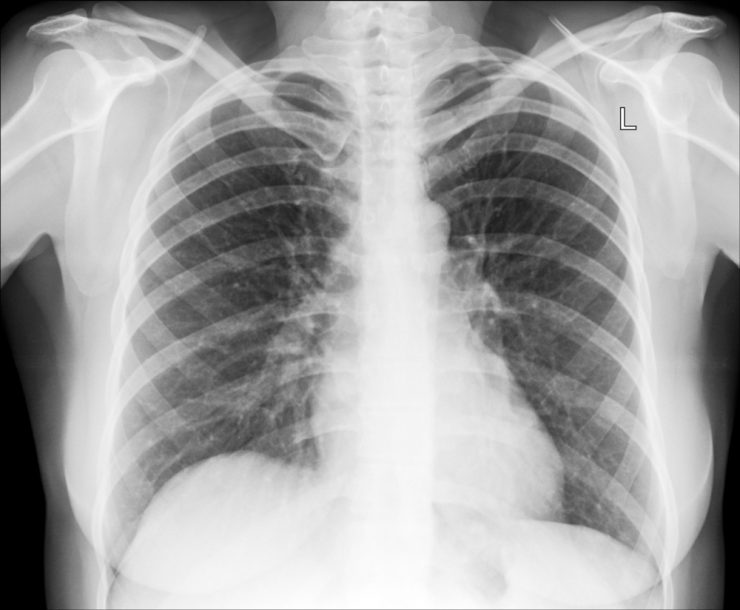Hip replacement is an effective and long-term treatment for a damaged hip joint that causes severe pain and inadequate mobility. This involves replacing the original hip joint, including the ball (femoral head) and the socket (acetabulum) parts, with an artificial joint which reproduces the natural and pain-free movement of the hip joint. In majority cases, the surgery is successful and highly improves one’s quality of life; however, it is all-encompassing and might have a long recovery time.
Hip resurfacing
This is an alternative and a newer technique for hip replacement which replaces the damaged or affected surfaces of the hip joint with metal plates, hence it is also referred to as metal-on-metal hip resurfacing. It is more beneficial in advanced cases of hip damage. The upside is that this technique requires less bone removal and less prosthetics and it is expected to last longer than the traditional hip replacement technique. However, this technique is too new, at this point in time, to judge exactly how long the resurfacing would last.
When should one go for hip replacement
This is a very subjective decision, depending on how the damaged hip joint is affecting your health and routine activities, in general. One can ponder over the below points before making a decision:
Severity of pain – does the pain impede the quality of life, even your sleep.
Routine jobs are hampered or become difficult to handle.
Treatments and medications have stopped having any effect on pain or mobility or else they cause serious side effects
Lifestyle has changed and you cannot maintain your social relations and obligations
The entire circumstance pulls you down psychologically.
Causes for Hip replacement surgery
The most common causes for hip replacement surgery are:
Osteoarthritis: arthritis, in its commonest form, which involves damaging of the connective tissue in between the joint, hence exposing the bones of the joint to a painful rubbing action against each other
Septic arthritis – caused by infection in the joints
Rheumatoid arthritis – the causal factor here is the body’s own immune system that plays against the lining of joints, causing pain and inflexibility
Paget’s bone disease – this adversely affects the growth of the bone by making them fragile and deformed.
Fracture in the neck of femur or thigh bone – this largely reduces the blood supply to the “ball” of the bone and can cause avascular necrosis or disintegration of bone.
Bone tumours
Other injuries related to joints.
The less common causes for the surgery are listed below:
In delayed cases of developmental dysplasia of the hip – this condition interferes with the development of the ball and socket in the hip joint. Lack of timely treatment leads to irreversible deformities and problems in walking and movement.
Osteoporosis leading to fracture in hip joint makes the bones fragile and thin. The bone cells are not able to replace the old deteriorated bone with healthy and strong bone.
Looking for a specialist surgeon for the surgery
It is important that the chosen surgeon has an experience of hip replacements behind him. He can discuss his prior surgeries with you and you can even meet up with his past patients for their feedback and psychological support. The specialist should be able to communicate well and work with you to identify the best treatment for your case. Choosing the right surgeon becomes even more important in revision hip transplants or a second / subsequent hip replacement.













